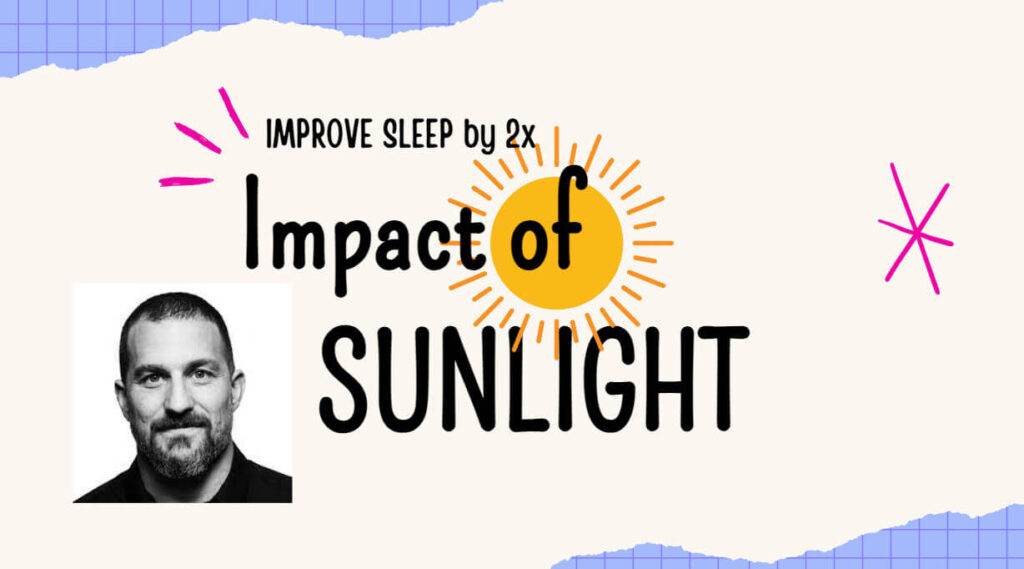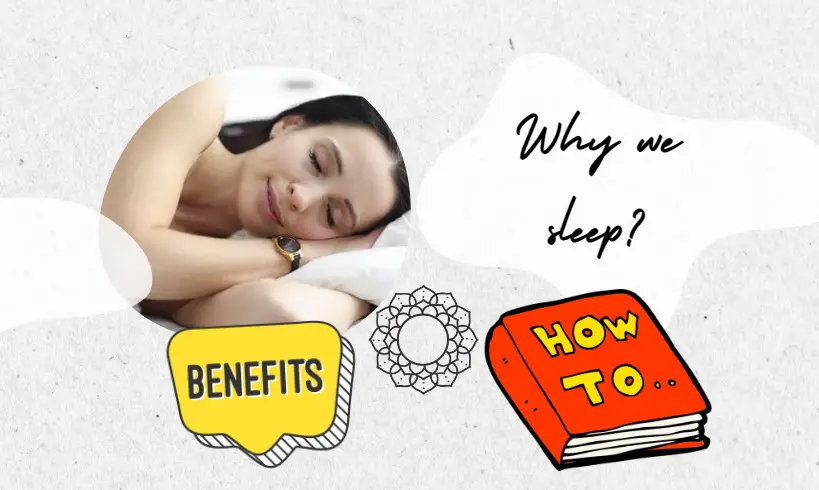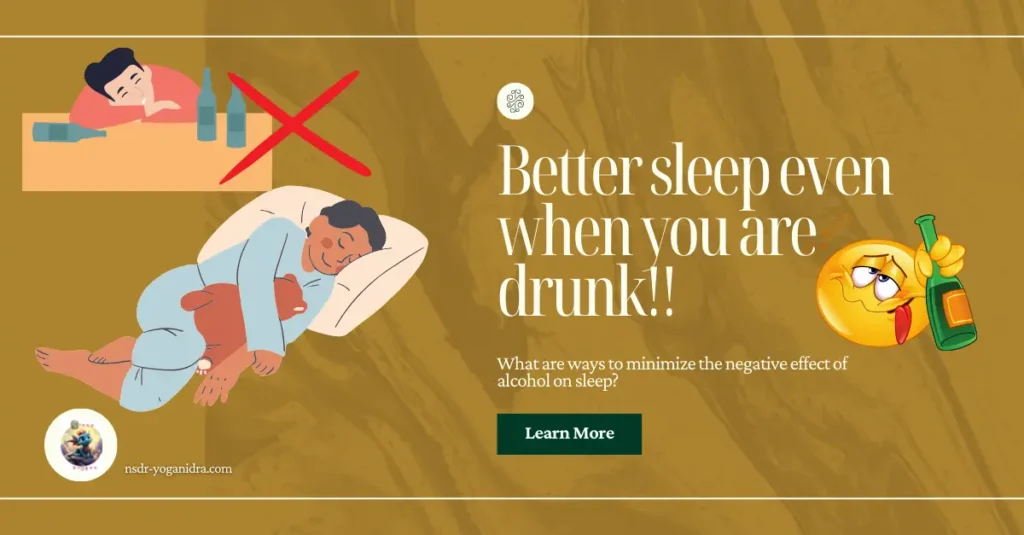Understanding the Role of Morning Sunlight in Sleep Regulation: Andrew Huberman Protocol
As an expert in sleep medicine and fitness, with a background in Huberman’s teachings, I’ve spent years understanding the nuances of sleep science. Today, I’m addressing a popular topic discussed on a Reddit thread: the effect of morning sunlight on sleep, and the debate surrounding the effectiveness of viewing this light through windows or glasses.
Infrared light of sunrays primes neurotransmitters and immune systems
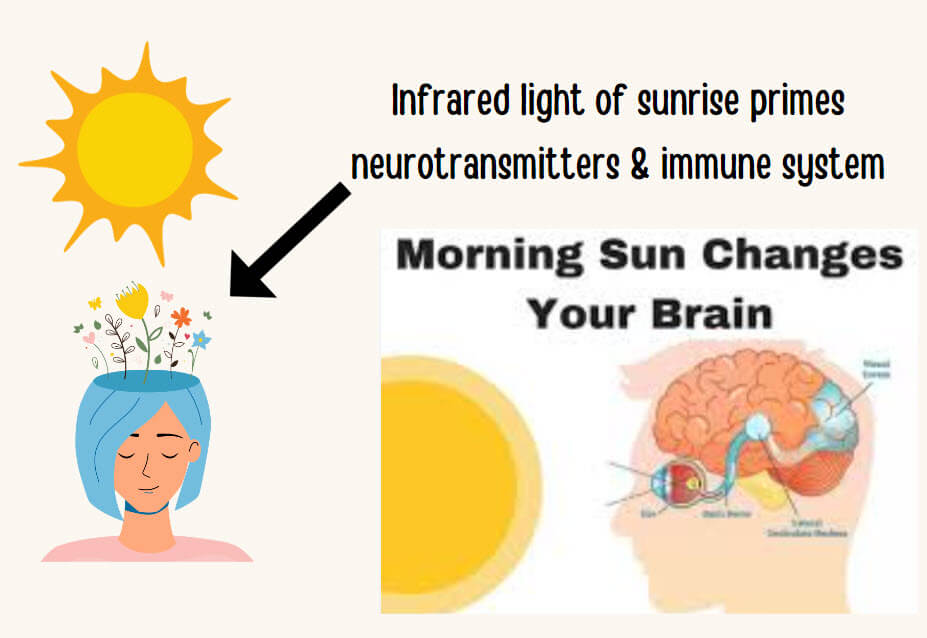
Infrared sunlight exposure may impact neurotransmitters and the immune system positively. Research suggests it could boost mood-related chemicals and aid immune responses, but effects vary and require more study; for instance, a study found a 2019 review noted a 30% increase in cellular energy production with certain near-infrared wavelengths. Consultation before using infrared therapy is advised for personalized guidance. YouTube is all about this, and celebrities like Gyneth Platrow use infrared saunas for overall wellness.
The Science Behind Morning Sunlight and Sleep
Morning sunlight plays a crucial role in regulating our circadian rhythms. This rhythm, governed by our internal biological clock, dictates our sleep-wake cycle. Exposure to natural morning light, especially within the first hour of waking, can significantly improve sleep quality. This is because natural light helps reset our circadian rhythms, promoting a healthier sleep cycle.
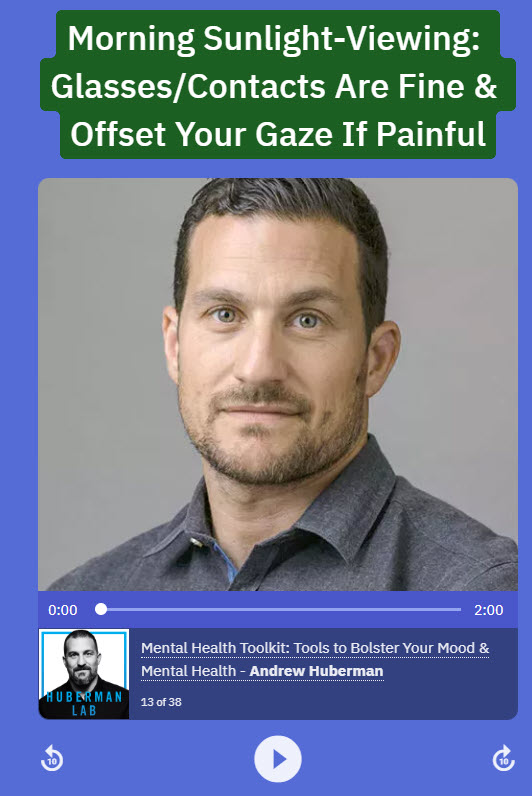
Why Windows and Windshields May Not Be Effective
The Reddit thread raised a critical point discussed by Huberman: windows and windshields might not be effective for morning light exposure. This is because certain wavelengths of light, crucial for circadian rhythm regulation, are filtered out by the glass. These wavelengths are essential for signalling our brain to properly adjust our internal clock.
The Role of Glasses in Light Transmission
Concerning wearing glasses, the discussion becomes more complex. Regular eyeglasses, especially those made from modern materials like polycarbonate, may allow more relevant wavelengths to pass through than window glass. However, sunglasses, designed to block UV rays, might not be as effective in this context.
Debunking Myths and Addressing Skepticism
It’s important to address skepticism and myths. Some comments in the thread questioned the evidence behind these claims. While it’s true that more research could deepen our understanding, the existing scientific consensus supports the benefits of direct morning sunlight for sleep regulation.
Geographic and Seasonal Challenges
A Scandinavian user pointed out the challenges posed by geographic location and seasonal variations. In regions with limited sunlight, especially during winter, alternative strategies like light therapy lamps can be beneficial.
Effect of Sunlight: Scientific Claims and Public Figures
The thread also touched on the reliability of public figures in science communication. It’s crucial to critically evaluate claims and seek information from multiple sources. As a sleep expert, I always encourage questioning and further research.
Practical Advice for Optimizing Morning Light Exposure
To practically apply this knowledge, aim for direct morning sunlight exposure. If you wear glasses, consider the material and coatings. Remember, the goal is not prolonged exposure but consistent, brief periods, preferably in the early hours after waking.
In conclusion, the role of morning sunlight in sleep regulation is supported by science, though nuances like window and eyeglass materials require consideration. As we continue to unravel the complexities of sleep science, it’s vital to stay informed, critical, and open to new research developments.

